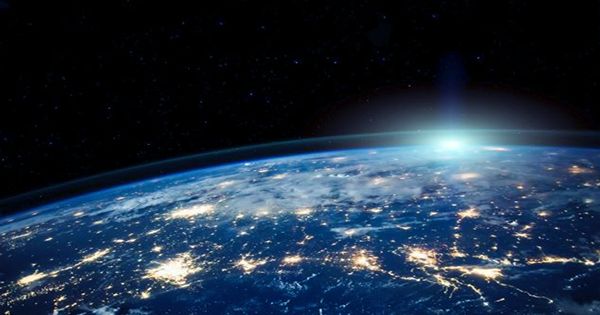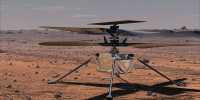Scientists have warned that the Earth must prepare for invasion from other planets, but the threat is not from intelligent, hostile aliens seeking to conquer humanity. Instead, the threat we confront comes in the form of bacteria that can produce illnesses to which neither we nor anybody else on the planet is immune. Similarly, we must be aware of our own creatures hitching on space missions, since they may pose a hazard to any life that may exist on the planets we visit.
The concept of interplanetary germ warfare may trace back to HG Wells’ novel War of the Worlds. However, Dr. Phill Cassey and Dr. Andrew Woolnough of the University of Adelaide argue in BioSciences that it is past time to transfer the subject from the pages of science fiction to a genuine worry.
“There are now more participants in space exploration than ever before,” Cassey said in a statement. “In addition to government-led space missions, the entrance of private firms like SpaceX has meant there are now more players in space exploration than ever before.”
“We must take immediate measures to reduce such hazards.” Biosecurity management focused on risks with a low chance of occurrence but the potential for severe effects, because things go horribly wrong when they go wrong.”
It is plausible that the rest of the Solar System is devoid of life, with nothing to endanger or threatened by us. However, if life exists on (or on) Mars, Europa, or Enceladus, we will be confronted with what economists may consider the world’s biggest externality problem.
Everyone would feel the effects of any single country or company’s trip to space returning with a lethal virus (known as reverse contamination). However, because the expenses of prevention are now borne solely by those carrying out the mission, Is there a substantial financial incentive to take shortcuts when it comes to sterilizing or restricting anything that is returned?
Similarly, if a future corporate Mars excursion brings Earth-based germs with them, displacing indigenous life forms (forward contamination), all of humanity shares the loss, but the cost of avoidance is borne only by the explorers.
The authors use the example of how humans have introduced organisms to some of the world’s most distant and inhospitable locations to show the hazards. They point out that isolated ecosystems with limited contact with the outside world – or, in this case, the Solar System – are particularly vulnerable to newcomers.
The authors claim that Australia, having experienced self-inflicted calamities such as the advent of rabbits and cane toads, has many good biosecurity lessons to offer the rest of the globe. “It is significantly less expensive to avoid biological contamination on Earth by establishing protocols than it is, for example, on Mars,” Casey added. Nonetheless, the International Committee on Space Research Planetary Protection has yet to rely on invasion biologists’ experience, whether Australian or not, raising the issue of whose knowledge they believe is valuable.














